Which Bird Species Have Gone Extinct in Costa Rica?
10,000 Birds
SEPTEMBER 13, 2014
Instead of going on about zip lines and other modern, adventure tourism attractions, the birding crowd talks about taking photos of Resplendent Quetzals , seeing dozens of hummingbird species, and the seemingly odd absence of raptors in Costa Rica but nope, we don’t really talk about extinction. Resplendence.


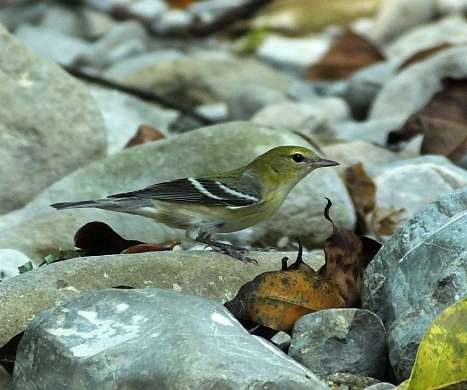

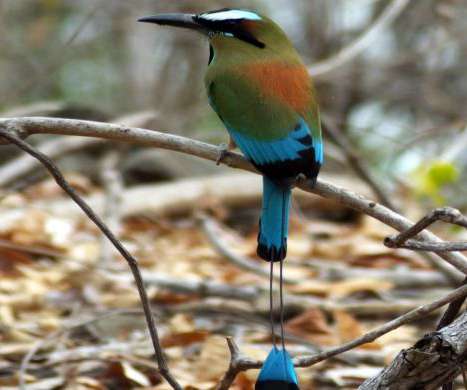


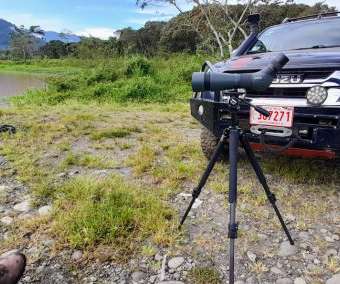

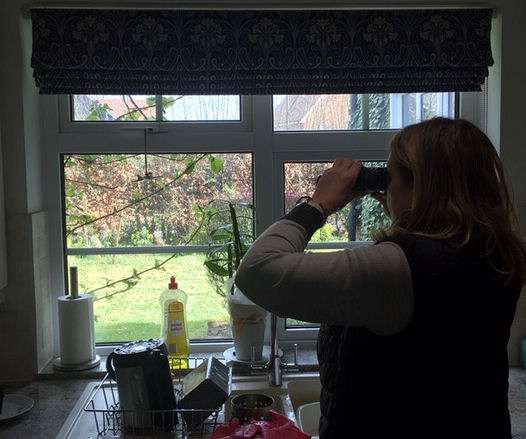



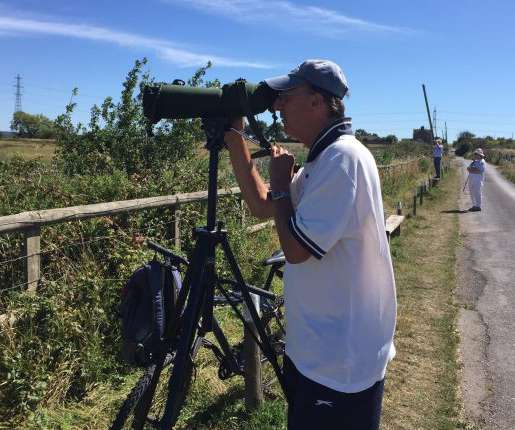















Let's personalize your content